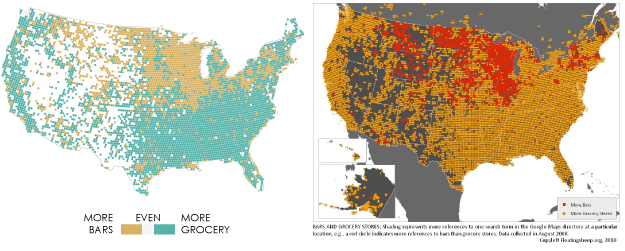Below visualization is part of an article named –The truth about the Ice Bucket Challenge: Viral memes shouldn’t dictate our charitable giving. This article talks about the rationality of the choices people make while donating money for healthcare. It suggests that these choices are often driven to donate for a disease that has affected a loved one, as opposed to the diseases which have impacted more people or have the minimum funding from government and healthcare companies. Other times, these decisions are not even based on ethical or emotional values, but on the celebrity involvement, for ex- ALS Ice Bucket Challenge.
To support these very facts, below visualization was used. It talks about major causes of deaths and money raised for each of them, which (when you analyze the picture for good 10 minutes) shows that the charity choices are going really wrong and are not being done for the right causes.
/cdn.vox-cdn.com/uploads/chorus_asset/file/676096/fundrasing4disease.0.jpg)
There is absolutely nothing working for this visualization which can make it a worthy of such a strong claim i.e. “the donations are not going for causes which need the most urgent attention”.
Problems with the picture:
- Color Palette: It take a while to realize that each color indicates a cause, and to make it worse, there are 3 colors (breast cancer, HIV/AIDS and motor neuron disease (including ALS) which belong to same family, making it difficult to differentiate, and impossible for the color blind.
- Alignment: First look at the picture, a person, heuristically, would expect deaths and donation for every cause to be aligned together. In other words, first circle would should death and donations of the first cause and so on. Once your realize that’s not the case,it is practically matching the columns like. Understanding the pattern at once is almost impossible.
- Circular representation: The circles do not help in understanding the amounts, this is just a poor choice of pictorial representation, when it could have been easily shown by a line or bar graph.
- Legend: If the graph choice was correct, the labels would have been enough making the legend redundant. Correct label and graph would make it really easy to display the point it is supposed to make.
- Data problems: It is the legend that makes you realize that the sub-text is actually the organization against which the donations are being done. This means that we are not even talking about the entire donation made for the cause in the country but still comparing it with the over all deaths.
Re-Designed Graph.



